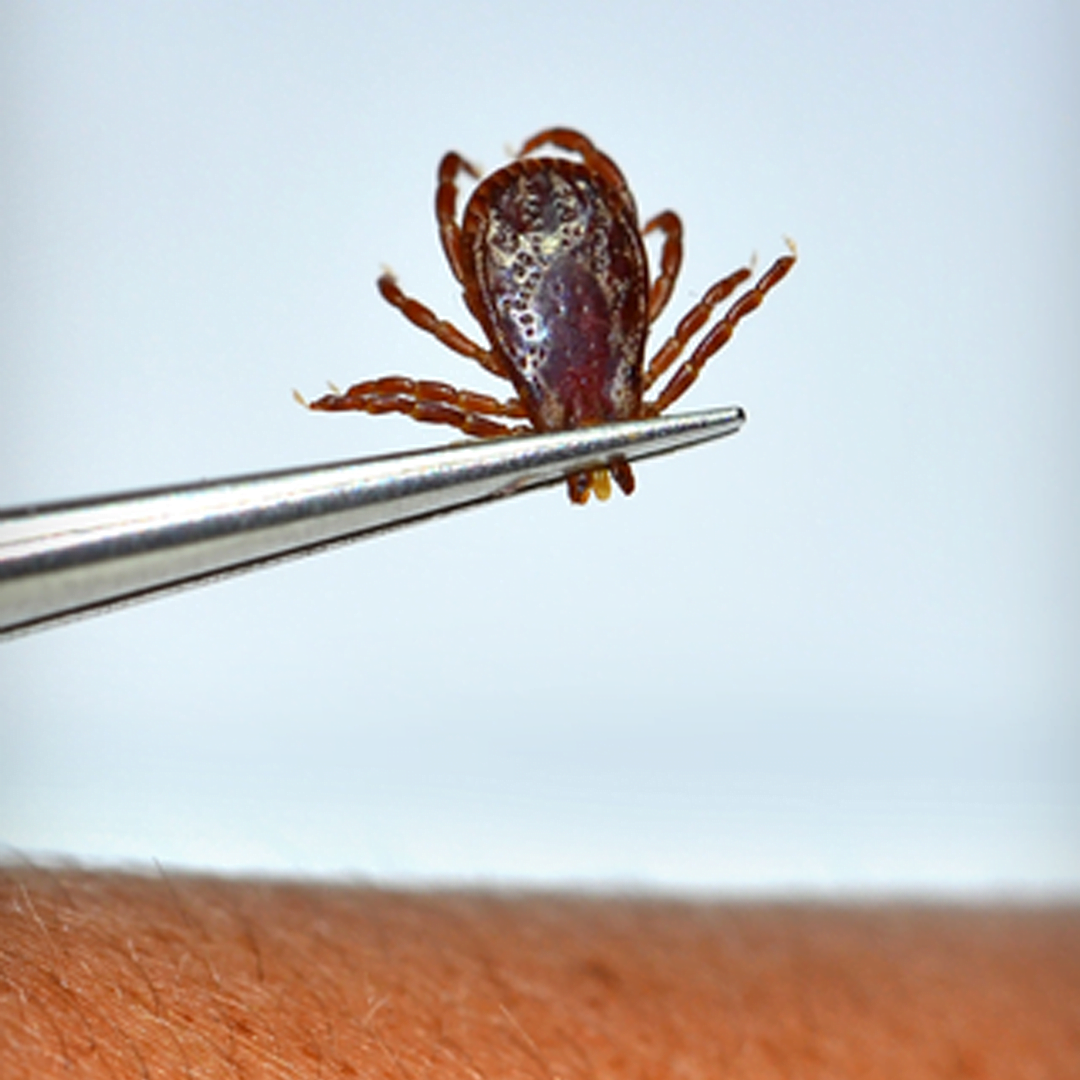Lyme disease consequences
Lyme disease is caused by a tick bite. A tick is an arachnid that nestles on the skin of humans and animals. The tick is the carrier of the Borrelia Burgdorfi bacteria that causes Lyme disease. The first symptoms of Lyme disease are flu-like symptoms such as headache and muscle pain. As a result, Lyme disease is not immediately suspected. A visit to the GP after a tick bite is important. The doctor must determine a diagnosis based on probability whether these symptoms are actually indications of Lyme disease or should be attributed to another disease.
Residual complaints
After treatment with antibiotics, recovery is good. Residual complaints can occur. Fatigue, recurring flu-like symptoms, sweating, fever and pain in muscles and joints, back, neck, head and nerve pain are examples of this. In practice, it appears that many patients with Lyme disease need treatment for up to one to four years. However, chronic symptoms can occur such as mood swings, problems with concentration, memory problems or psychiatric disorders.

